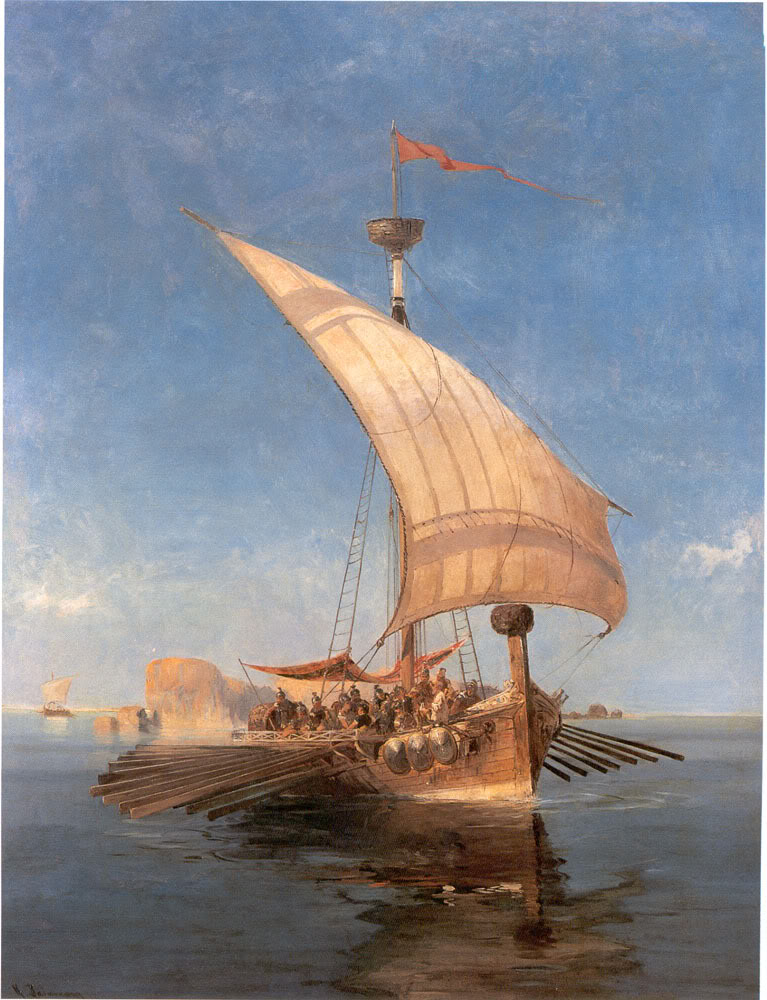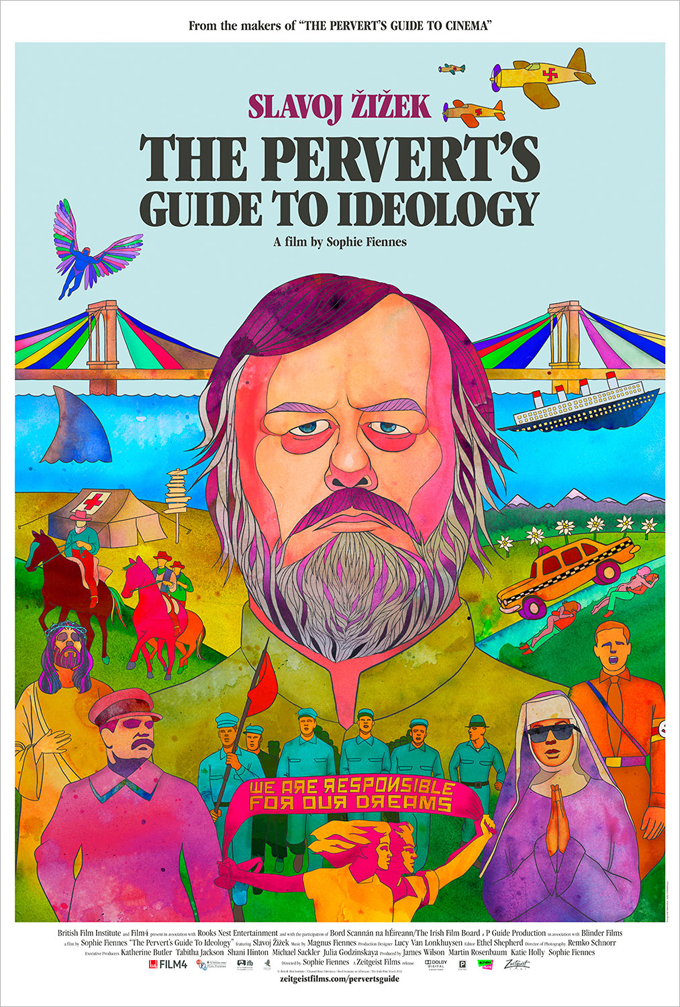

Creative Disturbance is an international, multilingual network and podcast platform supporting collaboration among the arts, sciences, and new technologies communities.

Commonspoly is a free licensed board game which promotes cooperation and the act of commoning.

Quote from https://en.wikipedia.org/wiki/Everything_(video_game) :
Everything is a simulation game where the player has the ability to explore a procedurally generated universe and control various objects within it. The player starts as one of several possible creatures and has the ability to move around. Initially, the player can shift their control to any creature or object smaller than the current one they occupy; this shifts the scale of the game to reflect this. Eventually the player can only shift into smaller and smaller parts of matter, down to the sub-atomic level, after which the game then allows the player to shift to larger objects as well. From this point, the player can take forms that include landmasses, planets, and whole star systems. As the player moves and shifts forms, they will find other creatures or objects speaking to them. The game uses a number of levels of "existence", representing different length scales, which the player can move between as they shift into different objects.
When a player occupies a form for the first time, that object is added to an in-game encyclopedia catalogued by type. At any time, the player can shift to any form they have already previously inhabited, though this form will be scaled appropriately to the current scale the player is at: taking the form of a planet in the middle of a street will produce a miniature-sized planet. A goal of the game is to complete this encyclopedia and occupy all objects available in Everything. Throughout the game, quotes from philosopher Alan Watts are given to the player. If the player lets the game sit idle, the game will cycle through various scenes on its own.
Once the player has completed the game through completing the encyclopedia, they can start in a New Game Plus-type mode, but here starting from any random object in the game.
More from Alan Watts : https://www.postbelief.org/alan-watts-out-of-your-mind/
http://files.diydharma.org/Alan_Watts/
https://repo.palkeo.com/esprit/philo/Alan%20Watts-%20Out%20of%20Your%20Mind%20%28Essential%20Lectures%29/
The ship wherein Theseus and the youth of Athens returned from Crete had thirty oars, and was preserved by the Athenians down even to the time of Demetrius Phalereus, for they took away the old planks as they decayed, putting in new and stronger timber in their places, insomuch that this ship became a standing example among the philosophers, for the logical question of things that grow; one side holding that the ship remained the same, and the other contending that it was not the same.
— Plutarch, Theseus

In 1973, Orson Welles narrated this animated short, which features somewhat surreal artwork by Dick Oden. You can see more of Oden's work here.
The Allegory of the Cave illustrates Plato's view of knowledge as presented in Book VII of The Republic: in ordinary experience, we see only shadows of the true world, which we can only behold by pursuing rigorous philosophical analysis.
This is not the only time "The Cave" has been set to film in some form. Open Culture readers may recall this brilliant version done with claymation. Gluttons for punishment may wish to peruse this collection of 20 YouTube versions at PartiallyExaminedLife.com, many of them frightfully amateurish and some of them presenting a warped and/or incomprehensible version of the story.
Sam Harris (born 1967) is an American author, philosopher, public intellectual, and neuroscientist, as well as the co-founder and CEO of Project Reason. He is the author of The End of Faith (2004), which won the PEN/Martha Albrand Award for First Nonfiction in 2005 and appeared on The New York Times best seller list for 33 weeks, Letter to a Christian Nation (2006), The Moral Landscape (2010), and, most recently, Free Will (2012).
Comment fonctionne une œuvre d’art ? Par quelle magie ce que nous avons ordinairement devant les yeux peut-il se voir investi d’une aura particulière ? Comment, à partir de quelles ressources, l’artiste peut-il créer un monde, un univers, qui ne ressemble à rien d’autre et qui pourtant, par le regard, la lecture ou l’écoute, tisse au sein de notre intimité un lien unique qui devient un ancrage salvateur dans notre vie quotidienne ?
Premier temps de notre semaine: c'est aujourd'hui en compagnie de Michel Guérin, penseur du geste, que nous allons remonter en amont de l’œuvre d’art, au moment où ce geste inouïe va se saisir de la matière pour créer.
In the 2006 essay film The Pervert’s Guide to Cinema, Žižek offered psychoanalytic readings of such pictures as The Red Shoes, Alien, and The Matrix. (See him take on Vertigo in a clip featured here before.) Now he returns with a sequel, The Pervert’s Guide to Ideology.

These drawings are a methodical interpretation of A Thousand Plateaus: Capitalism and Schzophrenia by Gilles Deleuze and Felix Guattari.
Entretien avec le philosophe Bernard Stiegler, réalisé lors du tournage du documentaire "Après la Gauche".
Documentaire réalisé par Jérémy Forni et écrit par Jérémy Forni, Geoffroy Fauquier et Gaël Bizien.
Association citée par B. Stiegler : http://arsindustrialis.org/
Bret Victor invents tools that enable people to understand and create. He has designed experimental UI concepts at Apple, interactive data graphics for Al Gore, and musical instruments at Alesis.
For more on Bret, see worrydream.com.
This talk was given at CUSEC 2012 (2012.cusec.net).
We are aware of the looming (ecological, social) catastrophes, but we somehow don’t take them seriously. What ideology sustains such an attitude?
Duration: 58 min.
Directed by John Hughes
One way street explores the life and work of German Jewish critic and philosopher, Walter Benjamin, who died escaping the Gestapo in 1940. Although Benjamin's work is little known in this country, he is regarded in Europe as one of the most influential figures in 20th Century thought.
One way street provides clear and accessible introductions to some of the central ideas in Benjamin's writings. Expert commentary from a range of English scholars situate Benjamin's work in the context of their time and evoke a sense of the excitement that his work has generated. A heightened visual style, montage structure and strong musical treatments correspond in evocative and powerful ways with the concerns and the strategies of Benjamin himself.
The drawings below are a methodical interpretation of the first two chapters of A Thousand Plateaux : Capitalism and Schizophrenia by Gilles Deleuze and Felix Guattari.
France Culture, le 22 aout 2009 : Des dieux et des hommes
Dangerous moments are coming. Dangerous moments are always also a chance to do something. But in such dangerous moments, you have to think, you have to try to understand.
"Abstraction may be discovered or produced, may be material or immaterial, but abstraction is what every hack produces and affirms."
Rizoma was created to become sort of a datapool of counter-information and resistance, with lots of articles, interviews, texts, translations (mainly from English), poetry, galleries, and reports about underground and activist movements and both the old a
Theory and experiments on the future of art